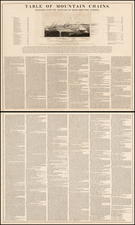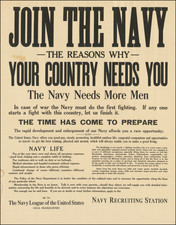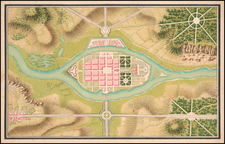"Lauw Maands Herdenking, wegens de nieuwbakk Goude Eeuw, vertoverd in Paarde Vygen. Nieuw-Jaars Geschenk," published in Amsterdam in 1721, is a satirical commentary on the financial crisis of 1720. The centerpiece features a depiction of Pecunia, the personification of wealth, intertwined with a satyr beneath a palm tree, coins raining down, and an ominous dish of horse droppings wrapped in gold foil, in a stark visual metaphor for the deceptive allure of wealth.
The 1720 financial crisis, often referred to as the "Bubble Year," was precipitated by the spectacular rise and subsequent fall of speculative ventures such as the South Sea Company in Britain and John Law's Mississippi Company in France. The economic turmoil created a ripe environment for satire, as the public grappled with the bursting of these economic bubbles. This artifact thus serves as a historical commentary on a moment of economic fragility, brilliantly employing humor and art to critique financial folly.
The etching is adorned with a frame replete with callot figures, imbuing the piece with additional layers of visual and symbolic complexity. Callot figures, named after Jacques Callot, a prominent 17th-century French printmaker, were a popular choice for satirical representation during this era. The frame teems with such characters, adding a visual playfulness that further emphasizes the satirical intent of the print. Notably, the frame is suggested to be a version of the 'Ianuarius' plate from "Il Callotto resuscitato, oder Neu eingerichtes Zerchen Cabinet."
Attributions to the artists Bernard Picart and Wilhelm Koningh place this work within a broader artistic and cultural context. Picart, a skilled French engraver, is suggested to be the creator of the central plate. Koningh, based in Amsterdam, is associated with the publication of the print. These connections reflect the diffusion of artistic ideas and styles in the early 18th century.









![A Geographical Chart: or, A Scheme, Comprehending The Most Important Particulars Relative To The Geography of North and South-America. : Designed to be an Auxiliary to the Student. Carefully Compiled from the Best authorities, by Amos Bingham [Copy-Right Secured]](https://storage.googleapis.com/raremaps/img/small/41406.jpg)
![[ Plasterers Company -- Certification of Master Plasterer Edward Evans ]](https://storage.googleapis.com/raremaps/img/small/97322.jpg)

![[California Wine Advertising Graphic] Italian Swiss Colony Producers of Choicest California Wines Asti Colony Tipo](https://storage.googleapis.com/raremaps/img/small/83467.jpg)

